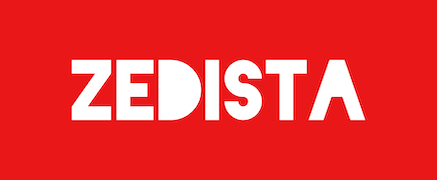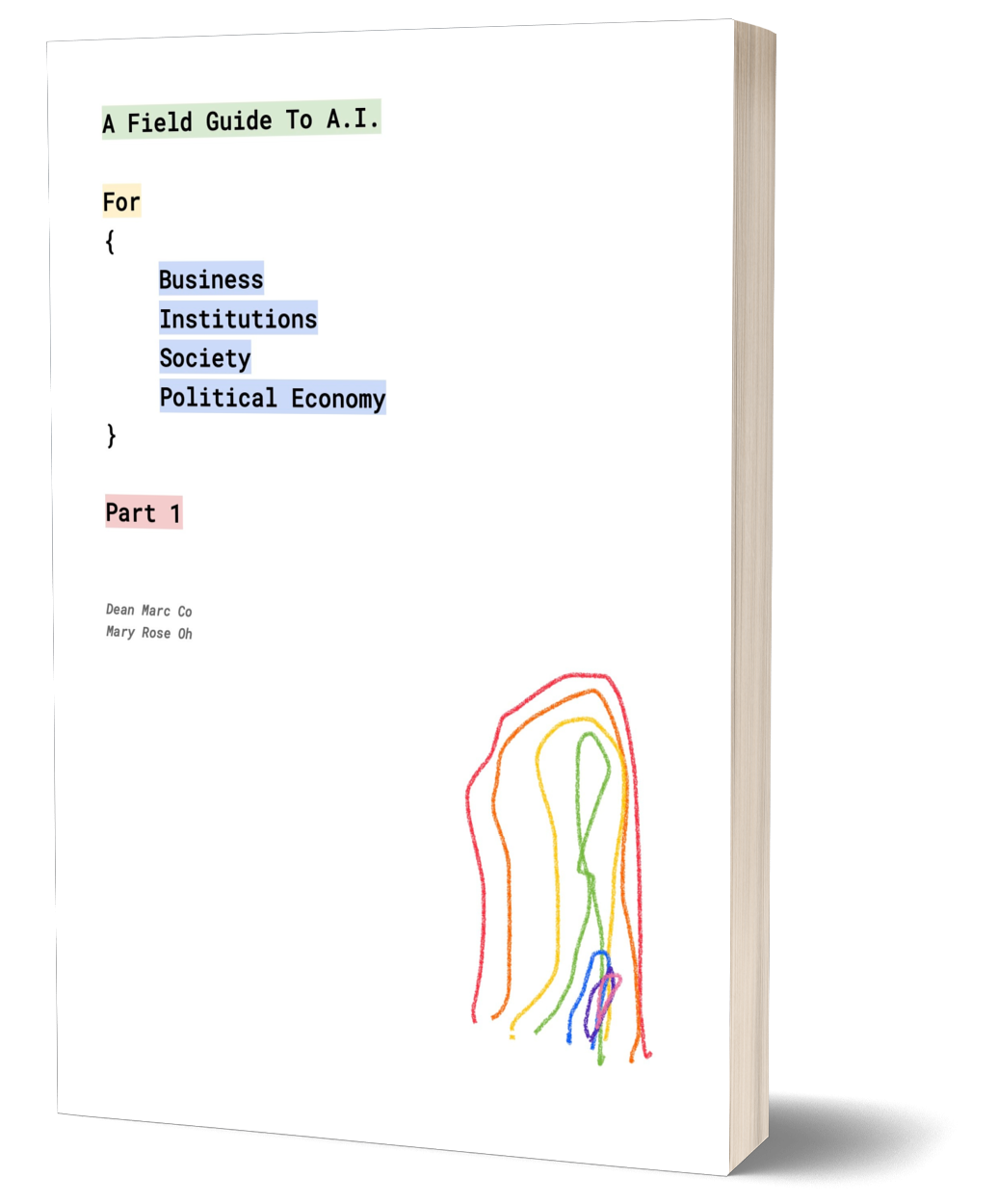This exhibition shines a light on the evolution of drawing in Bologna all throughout the 16th century through a selection of forty-four sheets, featuring major artists as well as lesser-known, albeit prolific, talents. This exhibition accompanies the publication of volume 12 of the Inventaire Général des Dessins Italiens, devoted to 16th-century Bolognese drawings, including drawings produced by Bologna-born artists or those who made the city their adopted home, all active before the arrival of the Carracci family.
A new way of drawing, refined and elegant, sometimes bordering on the whimsical, came about in the early years of the Cinquecento, in the workshops of Francesco Francia, Peregrino da Cesena, Marcantonio Raimondi and Amico Aspertini. Lesser-known artists such as Innocenzo da Imola, Bagnacavallo, Biagio Pupini and Girolamo da Treviso, active between about 1515 and 1550 and steeped in classical and Raphaelesque culture, contributed to the gradual creation of a new style featuring the dramatic effects of shading and light, paving the way to a modern style.
About mid-century, Pellegrino Tibaldi brought a new monumental language to Bologna from Rome, inspired by Michelangelo and featuring calligraphic refinement owing much to Perino del Vaga. Then, during the second half of the 16th century, Prospero Fontana, Lorenzo Sabatini and Orazio Sammachini, after having made a name for themselves in the decoration of several palaces, exported their style in all of Emilia Romagna, then Rome and its surroundings, when they were called to work for the Bolognese pope Gregory XIII.
At the same time, Bartolomeo Passerotti, the most influential artist of the Bolognese school, imposed his new analytical approach to the natural world with his delicate yet energetic drawings, foreshadowing the artistic language of the generation to come.
From our partners:
Exhibition curator: Roberta Serra, documentary researcher, Department of Prints and Drawings, Musée du Louvre.
For enquiries, product placements, sponsorships, and collaborations, connect with us at [email protected]. We'd love to hear from you!
Our humans need coffee too! Your support is highly appreciated, thank you!

